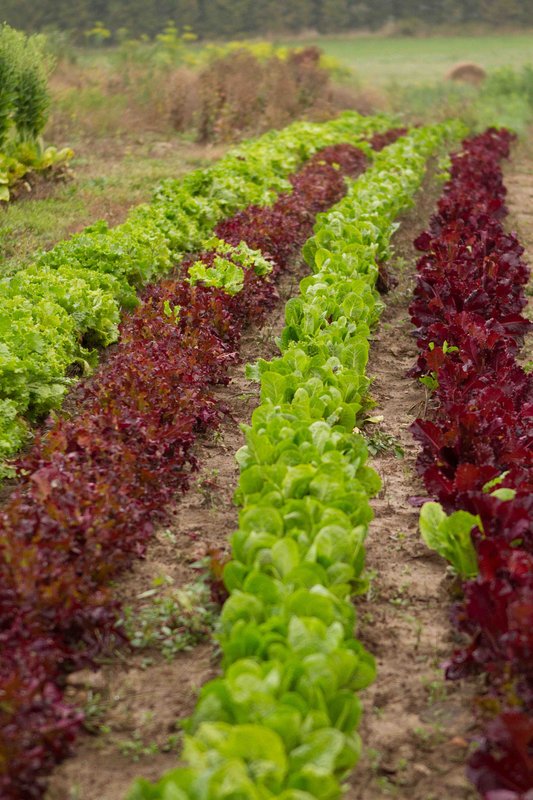Why not plant a row?

Suzanne Hanna
However, soon the word gets out that I am accepting stray cucumbers, eggplant and squash that are homeless and the precious space in front of my garage begins to quickly fill up with horticultural outcasts of all sorts. Having never mastered the art of saying “no”, I resign myself to planting these gems all over my yard. Truth be told, I plant them horizontally, vertically and, when push comes to shove, even diagonally, to conserve precious space and resources until they are ready to be harvested and distributed to the local soup kitchen and food banks.
In my own roundabout, lackadaisical manner, I have been participating in the Plant a Row • Grow a Row initiative that started up in Canada in 2000. Based on the American model, Plant a Row for the Hungry, which was launched by the Garden Writers Association of America some twenty years ago, this creative program encourages gardeners across our vast country to grow extra produce and share it with those in our communities who have limited or no resources to grow their own. They also hope to foster a positive relationship between the community and its food banks and agencies and to provide an opportunity to have fun while doing something that you love to do – grow plants.
Anyone who has ever visited a soup kitchen knows how grateful the kitchen staff is to receive fresh fruits and vegetables to prepare tasty, nutritious and filling soups, salads and casseroles. Root veggies such as carrots, turnips, parsnips and potatoes store well and are very versatile. Peas, beans, cabbage, radishes, sweet peppers (not hot!), summer squash and, of course, cabbage, broccoli and tomatoes also add variety and colour. Apples, pears and plums can be used to turn out some great desserts. Most places appreciate a heads-up if they are going to receive perishables such as lettuce, herbs or strawberries so they can plan a suitable menu to make the best use of your gift.
So how does Plant a Row • Grow a Row work? It’s really quite simple. You plant some veggies in your garden plot, bed or container and nurture them until they are ready to be harvested. Participating gardeners then take their donations of veggies and fruit (pesticide-free, please) to their community Food Bank depot for distribution.
There are no special skills or hidden costs required to take part in this worthwhile initiative other than a willingness to share and build community, one donation at a time. If you would like to participate this year, check out www.growarow.org for a listing of participating communities and other resources.
And psst... Call me if you need tomatoes…peppers…cabbage…or anything!
**
Suzanne Hanna is the chair of Seeds of Diversity's board of directors.
Not yet a member?
An annual membership to Seeds of Diversity gives you access to our seed exchange, seed grow-out programs, and our online news.

We depend on donations to do our work.

Thank you for your support!
